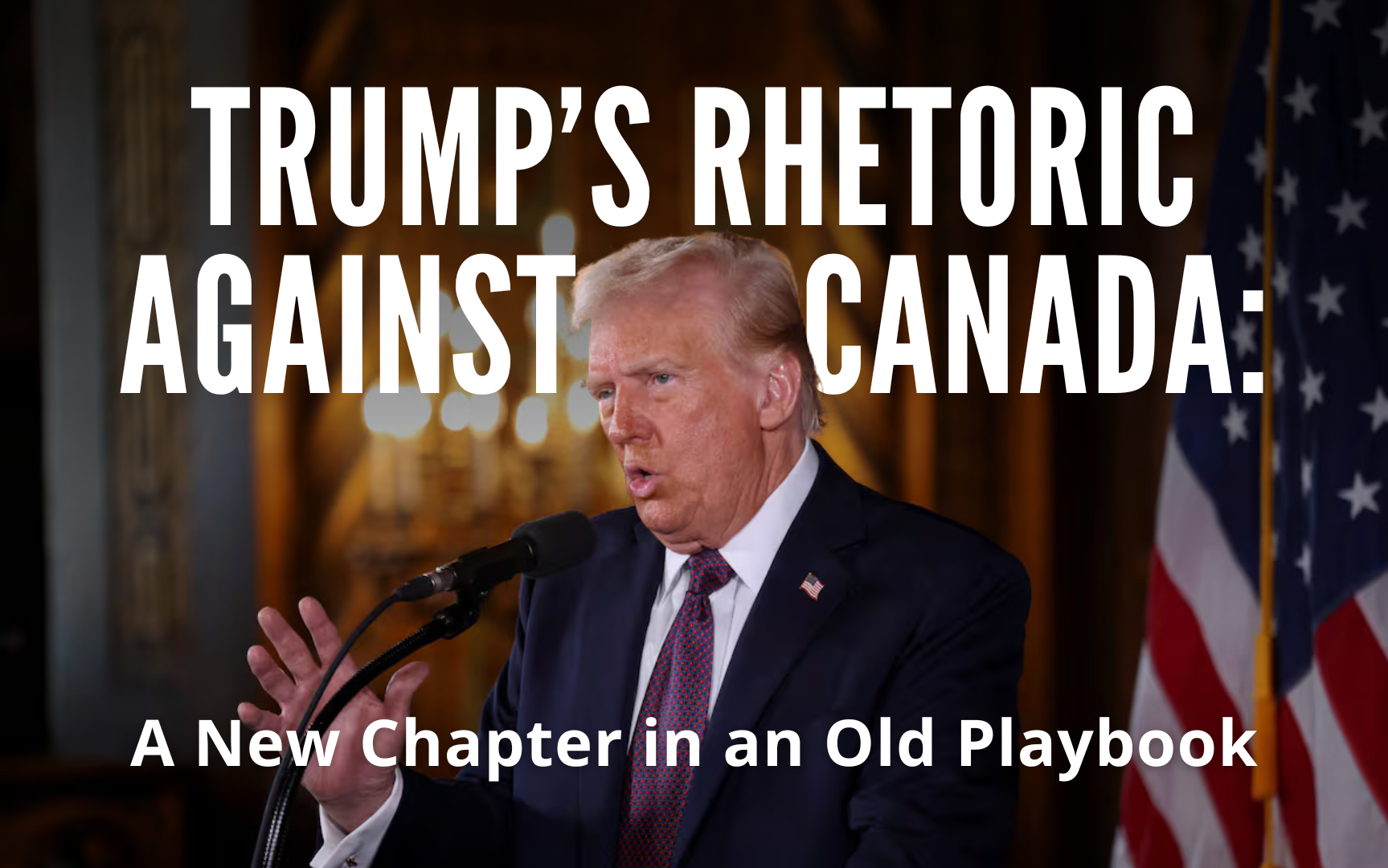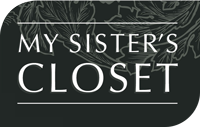
Evan Vucci/The Associated Press
The escalating rhetoric from Donald Trump toward Canada has sent ripples through the political and economic spheres of both nations. With Prime Minister Justin Trudeau signaling his impending departure from leadership—though still holding office until a successor is chosen—the timing could not be more precarious. Trudeau’s pointed rebuttal on social media—”There isn’t a snowball’s chance in hell that Canada will become part of the United States”—highlights the intensity of the moment.
Yet beyond the viral soundbites, a deeper analysis is required to understand what’s at stake—not only for Canada’s economic and political stability but also for the lives and safety of marginalized groups, particularly women and Indigenous communities.
A Shocking Escalation—or a Predictable Pattern?
Historical Parallels: The Shadow of Manifest Destiny
While Trump’s bombastic rhetoric may feel unprecedented to many Canadians, it echoes deeply rooted patterns of American nationalism and expansionism, most famously embodied in the 19th-century concept of Manifest Destiny. This doctrine asserted that the United States was destined—by God and history—to expand its territory across North America, regardless of the sovereignty of neighboring nations or Indigenous peoples.
Though the language of Manifest Destiny faded from mainstream discourse, its spirit persists in slogans like “Make America Great Again.” For many Canadians, the suggestion of Canada becoming part of the United States feels absurd. However, for regions historically subject to American intervention—Latin America, Southeast Asia, and the Caribbean—this rhetoric serves as a chilling reminder of the power imbalance that continues to shape relationships between nations.
Provocation as Strategy: A Playbook of Chaos
Trump’s approach may seem erratic, but it follows a recognizable pattern: provoke, destabilize, and leverage chaos for negotiation. It’s a tactic that worked in trade disputes during his first term, including the imposition of steep tariffs on Canadian steel and aluminum.
The Economic Gendered Impact
It’s important to note that economic shocks caused by trade disputes are not gender-neutral. Women, particularly those employed in industries like manufacturing and agriculture, are often the first to face job losses or wage cuts. Economic vulnerability can increase reliance on abusive partners, reduce access to essential services, and exacerbate already precarious living conditions.
Canada’s Economic Vulnerabilities: A Double-Edged Sword
Interdependence as Both Strength and Weakness
Canada sends nearly 75% of its exports to the United States. This economic integration across key industries—automotive manufacturing, energy, and agriculture—means any disruption, rhetorical or real, can have devastating consequences. Trump’s threat of imposing 25% tariffs on key Canadian exports is not just economic posturing—it’s a genuine risk to jobs and livelihoods across Canada.
The Gendered Fallout of Economic Instability
Economic downturns disproportionately harm women and marginalized communities. When governments face fiscal constraints, funding for essential services such as shelters, counselling programs, and GBV prevention initiatives is often the first to be cut. These services are lifelines for survivors of domestic and sexual violence.
Call for Economic Diversification
Agreements like CETA (Comprehensive Economic and Trade Agreement) with Europe and CPTPP (Comprehensive and Progressive Agreement for Trans-Pacific Partnership) offer pathways to reduce reliance on U.S. trade. However, these agreements remain underutilized. Diversification isn’t just an economic priority—it’s a necessity for gender equity and social resilience.
Colonial Legacies and Structural Vulnerabilities
Canada’s Colonial Foundations: An Ongoing Crisis
Colonialism and imperialism are not relics of the past—they are active forces shaping Canada’s political and economic systems. Policies of displacement, resource extraction, and systemic discrimination continue to harm Indigenous communities, particularly women, girls, and Two-Spirit individuals.
Resource Extraction and GBV: A Deadly Connection
Large-scale resource extraction projects have long been associated with increased violence against women in nearby communities. The arrival of transient, male-dominated workforces, coupled with weakened community oversight, creates conditions ripe for exploitation and abuse.
Efforts to combat GBV cannot be separated from economic and resource policies. Protecting Indigenous women and girls requires robust environmental oversight, community-based safety initiatives, and meaningful consultation with Indigenous leaders.
Blue Gold: The Geopolitics of Water Resources in Canada
Freshwater Reserves in Canada: An Overlooked Vulnerability in the Race to the Bottom
Canada holds about 20% of the world’s freshwater reserves and 7% of its renewable freshwater flow, despite representing only 0.5% of the global population. This resource is increasingly seen as a geopolitical asset—and potential point of contention.
Historical and Modern Water Diversion Plans
Projects like the Grand Canal Project and NAWAPA (North American Water and Power Alliance) proposed redirecting Canada’s water southward. Though unrealized, these projects signal a persistent interest in Canadian water reserves, especially as droughts intensify across the United States.
Water Insecurity and GBV
In Indigenous communities, where water boil advisories are alarmingly common, women often bear the physical and emotional burden of securing clean water. Increased resource extraction or large-scale diversion projects would only deepen these inequalities, leaving women and girls more vulnerable to violence and exploitation.
Climate Emergency and Water Insecurity
As wildfires rage in Los Angeles, smothering skies with smoke, and British Columbia grapples with recurring heat domes that claim lives and strain infrastructure, the climate emergency grows ever more urgent. These events are not isolated—they are symptoms of a global water and climate crisis that policymakers seem paralyzed to address. Amid rising temperatures, depleted reservoirs, and vanishing snowpacks, Canada’s water resources will face unprecedented pressure. Yet, meaningful international collaboration to address these cascading crises feels increasingly out of reach, as political leaders focus on short-term gains instead of long-term resilience.
The Ripple Effect on Efforts to End Violence Against Women
Economic Instability and Intimate Partner Violence
When economies falter, social services often face cuts, shelters lose funding, and families face increased financial stress—all of which heighten the risk of intimate partner violence (IPV). For women in precarious employment, job losses can mean being trapped in abusive relationships.
Nationalist Rhetoric and Gendered Backlash
Trump’s leadership style, marked by divisive and often misogynistic rhetoric, emboldens extremist ideologies. Historically, nationalist movements have reinforced patriarchal norms, portraying feminist, and gender equity initiatives as distractions from “real” national priorities.
Resource Extraction and Vulnerability
Resource projects often exacerbate GBV risks in nearby communities. As Canada navigates economic tensions with the U.S., policymakers must ensure that economic strategies do not come at the expense of women’s safety.
Policy and Strategic Recommendations
1. Diversify Trade Partners:
Prioritize full implementation of agreements like CETA and CPTPP.
2. Protect Social Services Funding:
Safeguard funding for GBV prevention programs, even during economic downturns.
3. Address Water Security:
Classify water as a protected natural resource, not a tradable good, in future agreements.
4. Strengthen Indigenous Consultation:
Ensure Indigenous voices are central in decisions about trade, resource extraction, and water governance.
5. Cross-Border Feminist Solidarity:
Build coalitions with U.S.-based feminist movements to counter divisive rhetoric.
A Call for Resilience and Equity
The intersection of economic instability, nationalist rhetoric, colonial legacies, and resource insecurity creates a precarious landscape for women and gender-diverse individuals in this land now know as Canada. Trump’s threats may seem distant from frontline efforts to end violence against women, but their ripple effects are undeniable.
Policymakers, advocates, and community leaders must recognize these connections. Protecting gender equity must remain central—not secondary—in Canada’s economic and diplomatic strategy.
You are not alone.
If you or someone you love is in need of support, please contact the Battered Women’s Support Services Crisis Line:
Call toll-free: 1-855-687-1868 Metro Vancouver: 604-687-1867 Email: EndingViolence@bwss.org




